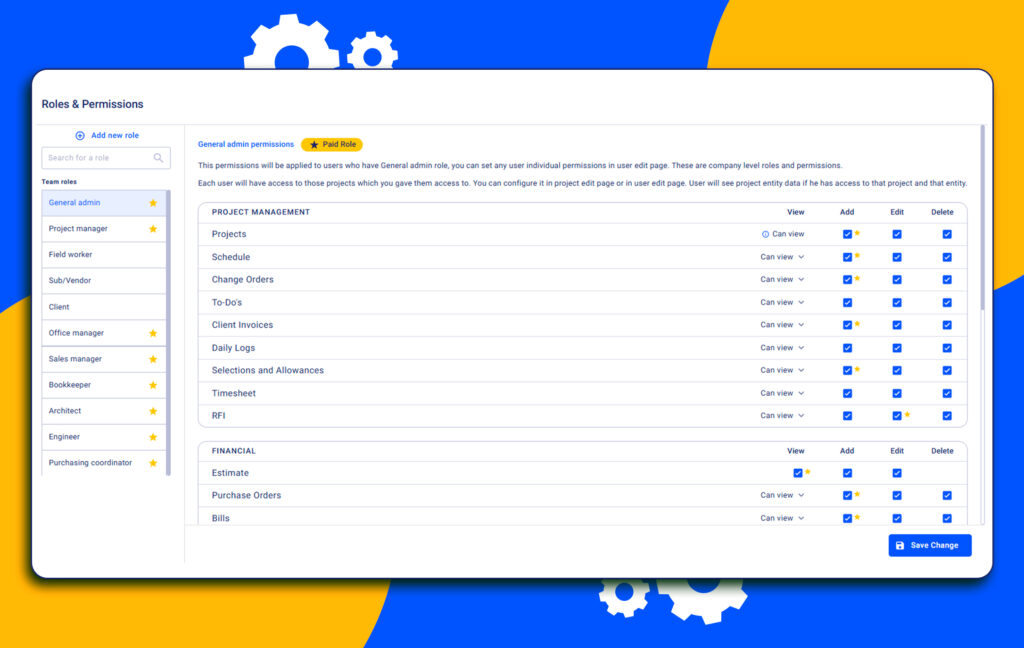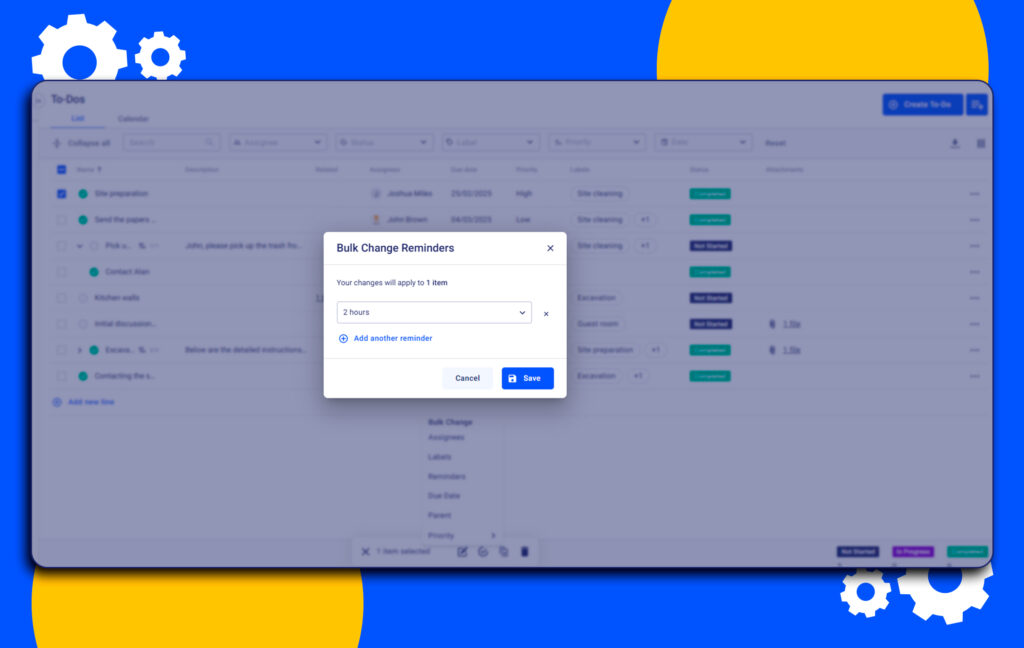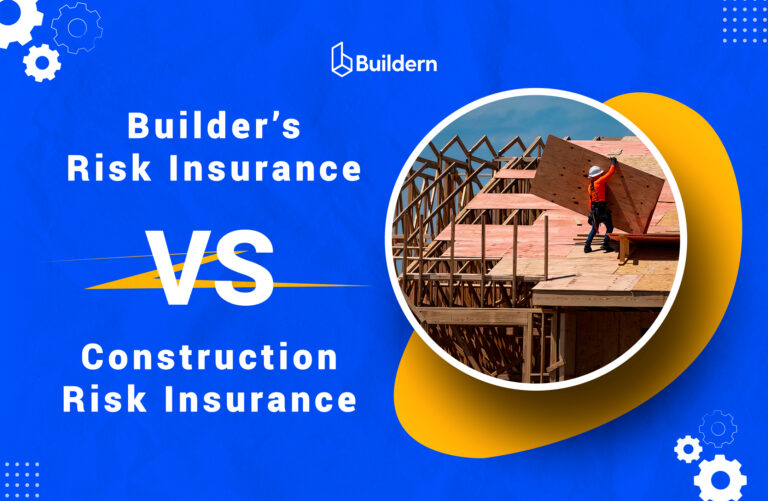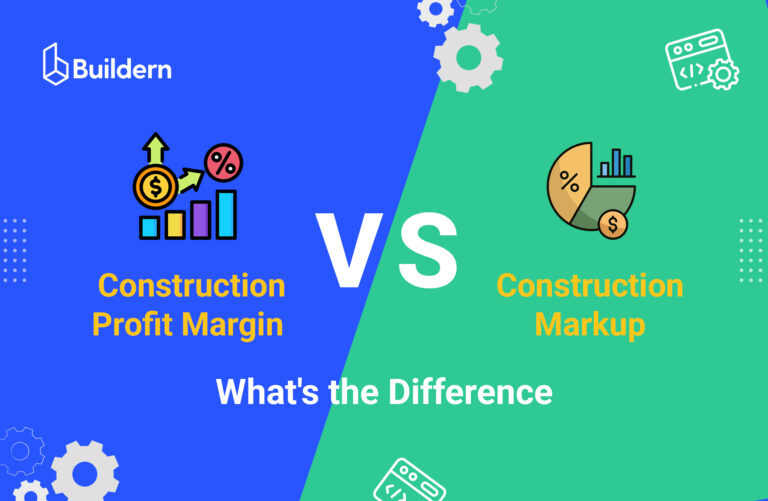5 Strategies for Effective Construction Time Management

Published October 12, 2022. Updated August 7, 2025
Time management in construction has never been only about meeting deadlines. Minimizing wasted time, reducing costs, and keeping every phase moving in sync is about building a schedule. That’s more important than ever in an industry where even a single day of delay can cost tens, hundreds, or even thousands of dollars.
What makes the difference today is how builders manage construction schedules. There are options for smarter planning, tighter coordination, and software that brings visibility across every moving part.
Let’s figure out how projects can stay on schedule, avoid penalties, and close out without unnecessary overhead.
Table of Contents
- What is a Construction Schedule?
- 3 Crucial Steps to Create a Construction Schedule
- Breaking Up the Project Into Milestones
- 5 Key Strategies for Effective Construction Time Management
- Key Elements of Effective Construction Time Management
- Summing up

What Is a Construction Schedule?
In simple terms, a construction schedule is a timeline with all construction activities and milestones required to complete a construction project.
It can include such industry-related touchpoints as:
- Construction permits
- Site Mobilization
- Construction start date
- Major milestones
- Project closeout and handover
Building a well-thought-out and clearly defined construction schedule will serve as a roadmap for avoiding costly delays and project management risks. Moreover, the timeline ensures project completion within the set timeframes.
3 Crucial Steps to Create a Construction Schedule
What is the first stage, and where do I start? Here are three steps that will help you with the construction time management.
Preparing Documents
First, prepare all the construction documents required to start working on the project. It will help you understand what needs to be done and develop a construction project management plan.
This process differs for builders operating in various spheres. That said, the construction documents may also vary depending on construction management types and the approaches businesses use to organize construction project management.
Include all the construction stakeholders in the process to ensure everyone is on the same page. By listing all construction activities, you will see the big picture and get a better understanding of the construction project as a whole.
As a rule, preparations go through predetermined steps. Let’s quickly skim through each to understand the process better:
Estimation Request From the Client
The client requests the construction project scope and estimate based on the architectural drawings and specifications.
Planning and Budgeting
The construction company analyzes the documentation to develop an estimate of the project. This can include steps like calculating materials, labor, tools, and equipment required for construction.
The builder must also develop a detailed construction budgeting plan for every construction cost category.
Bid Requests
After the construction company understands what needs to be done, it’s time for bid requests from subs and vendors. In this stage, builders get bids from various construction subcontractors and choose the best deals.
Proceed with Construction
When the subcontractors are chosen, the general contractor submits the final construction estimate to the client, who may or may not approve it. Once everything is approved, the building company can proceed with construction.
Delegating Tasks
In a nutshell, task delegation involves assigning construction tasks to specific construction workers or a team. Construction managers are not only responsible for the construction project as a whole but also for the workers individually.
When working with software, some tools help define responsibility scopes by adding roles and permissions for each team member. For example, not everyone should have access to the construction project budget or private corporate documentation.

Certain team members may be allowed to view client invoices or overall projects without editing or deleting permission. On the other hand, each team member should be able to edit their To-Do lists or construction project notes.
Breaking Up the Project Into Milestones
Thinking of the construction project as a whole can be overwhelming. To make construction time management effective, managers break the construction project into milestones.
This is an achievement that needs to be completed to move on to the next stage. For example, getting construction permits or finishing the foundations are two separate milestones.
Setting predefined due dates and KPIs for each construction milestone will simplify the process and help you better control construction timeframes.
Milestones clearly define roles and responsibilities and make construction progress visible. Taking the time to calculate the estimated duration will also relieve construction tension and help avoid delays.
What Can Affect Milestones?
Depending on the project’s duration and scope, general contractors need to carefully plan working days to prevent staff shortages and workflow disruptions.
Scheduling software simplifies this process by generating customizable Gantt charts for any project size. With a clear visual layout, managers can define task start and end dates, assign workers, and set dependencies.

Climate and weather forecasts can also significantly affect construction timeframes. The reason is that some types of construction work cannot be carried out in certain weather conditions. To avoid delays, consider the impact of weather changes while planning construction activities and include time buffers in the construction schedule.
5 Key Strategies for Effective Construction Time Management
The construction phase is the busiest time for any construction company, as each day counts. Project managers develop a working strategy corresponding to their business objectives to make construction time management easier.
Task delegation and management are not one-time actions but ongoing processes that must be monitored and updated regularly. Having a flexible strategy in place will enable managers to adapt to changes quickly and avoid delays.
When creating or updating your workflow management, consider the following tips:
1. Maintain Clear and Effective Communication
Inaccurate and inefficient communication is one of the main reasons construction projects fail.
Stakeholders should always be on the same page regarding construction projects and their implementation. Thus, keeping construction stakeholders informed about construction progress helps avoid issues.

2. Document Everything
Keeping all project-related notes and construction documents in one place will simplify time management and help workers avoid disruptions.
It’s better to have a platform to keep all their files, including materials, images, and invoices, in a single dashboard. It is easy to classify documentation by permissions and share specific folders with predefined access permissions with your team members.

Also, don’t forget to keep all notes and construction meeting minutes in one place to access them anytime, anywhere.
3. Set Reserve Time
When everything goes right, the chances of unpredictable challenges seem to be low. However, construction managers should always consider Murphy’s Law. Expect the unexpected and set aside some time for potential unforeseen difficulties.
Setting aside some time for unexpected events will become your buffer zone and help construction workers stay on track if something goes wrong.
4. Prioritize Tasks
Not every task has the same value when it comes to keeping a construction project on track. While all activities contribute to the outcome, certain tasks have a direct impact on the overall timeline. When those fall behind, everything else does too.
Effective time management means identifying the most time-sensitive important tasks and ensuring they’re completed first. These are often the tasks that depend on the success of the entire project.
5. Review the Schedule Daily
Review your construction schedule daily to delegate and reshuffle task priorities. In this case, the project runs smoothly.
Even the most detailed construction schedule can’t predict every shift in project demands. Weather delays, material shortages, change orders, and client requests all have the potential to impact timelines. This is the reason a schedule needs regular attention.
Waiting days or weeks to make adjustments often means playing catch-up. Meanwhile, daily check-ins keep everything aligned with the project’s goals.

Key Elements of Effective Construction Time Management
Time management in construction goes far beyond meeting deadlines. It requires full visibility into your schedule, team communication, and a strong connection between project timelines and financials.
The right tools make it possible to bring all these elements together in one platform. Let’s explore how modern time management tools support teams and improve daily operations.
A New Way to See the Construction Schedule
It’s the general contractor’s task to know what’s happening across every phase of a project in real time.
Advanced scheduling tools provide a visual layout of the entire project. With these tools, managers can define task start and end dates, set dependencies, and immediately see which activities are on. It allows them to plan smarter, allocate labor more effectively, and minimize delays.
For example, Buildern sends reminders and notifications to ensure everyone is informed.

Scheduling tools make it easier to:
- Create a construction schedule that aligns with real project timelines
- Identify which tasks must be completed before others can begin
- Reorganize work dynamically as conditions change
Strengthen Team Communication Across Every Phase
Time management doesn’t happen in isolation. It’s closely tied to communication and collaboration across office teams and subcontractors.
Construction software can also come with built-in communication features that help close the gap between teams.
For example, attaching documents to specific tasks so workers always have the right files on hand, or sharing internal notes.
With all information in one place, teams spend less time chasing updates and more time doing the work that moves the project forward.
Managing Finances for Effective Time Management
It’s clear that in construction, finances and time management are deeply connected. For example, rising costs or other issues result in delays or even cancellations of some projects.
Imagine the budgets, invoices, and purchase orders are isolated from the project schedule. In this case, a general contractor fails to see how delays affect costs or how payment cycles align with actual progress. The financial decisions may lag behind what’s happening on the ground.
No matter if it’s an extended equipment rental or poor material management, every delay on site has a cost attached.
Linking your financial workflows to your construction schedule can help avoid that disconnect. With the right software tools, you can:
- Update budgets and labor costs in real time as project timelines shift
- Handle multiple bills under a single subcontract to manage phased payments or invoices based on project milestones.
- Coordinate material procurement and delivery with the build schedule to avoid storage fees or reordering.
What to Look for in a Time Management Platform
Not all software management tools are built the same. When thinking which one to pick, consider whether it helps you:
- Assign tasks with clear permissions and visibility
- Build and update a Gantt-based construction schedule
- Convert estimates into schedule items to connect planning and budgeting
- Track daily progress in real time
- Stay connected across teams by sending messages in real time
Summing Up
Time management is essential for any industry, whether it’s retail or services. However, in construction, where delays affect costs, efficiency, and client satisfaction, time is everything.
Improved communication will help identify potential problems early and allow for more accurate scheduling. Additionally, effective record-keeping is critical to tracking progress and making necessary adjustments.
By combining proactive communication, daily schedule reviews, and integrated software tools, it’s possible to avoid common time-related mistakes. The goal isn’t just to meet deadlines, but to stay ahead of them with better visibility and smarter coordination.



